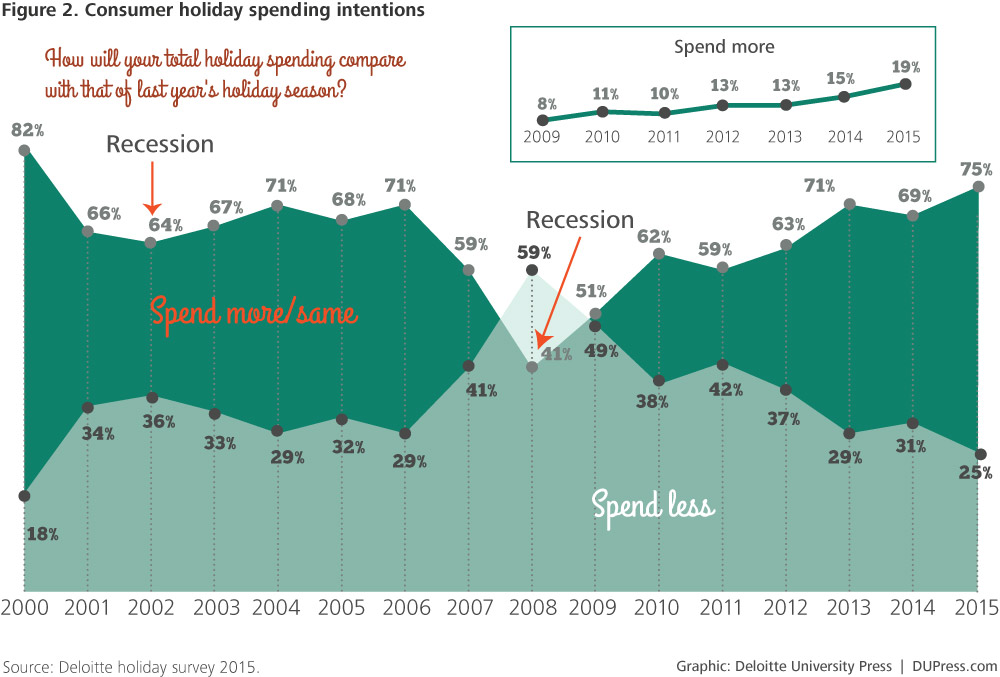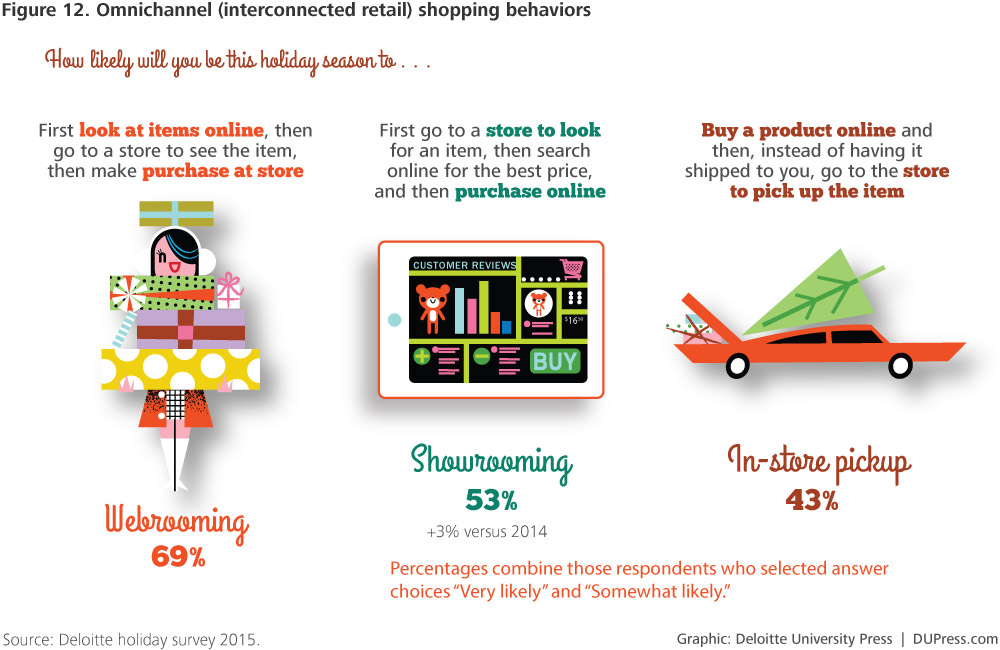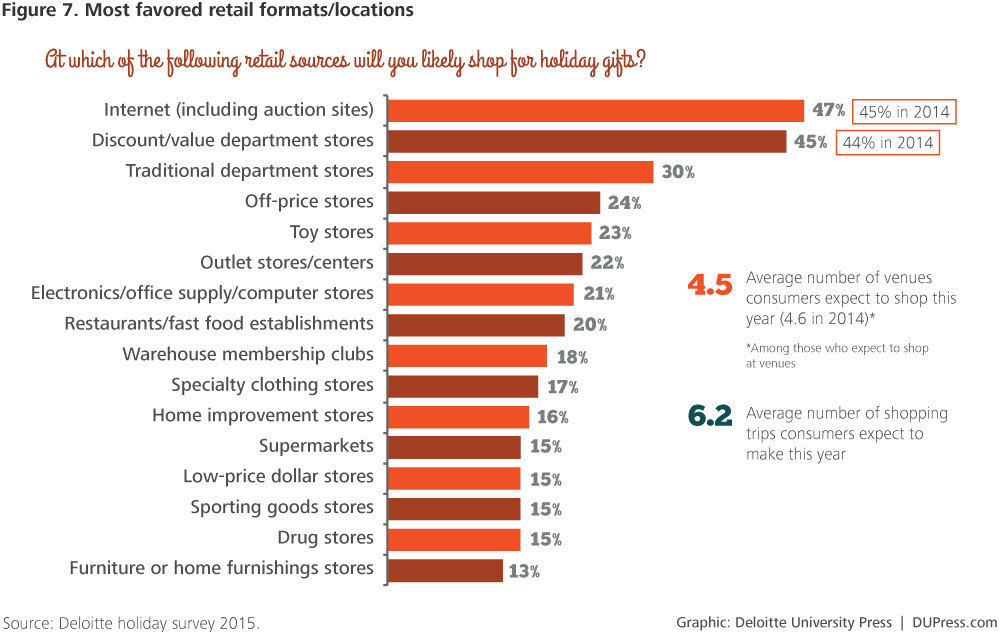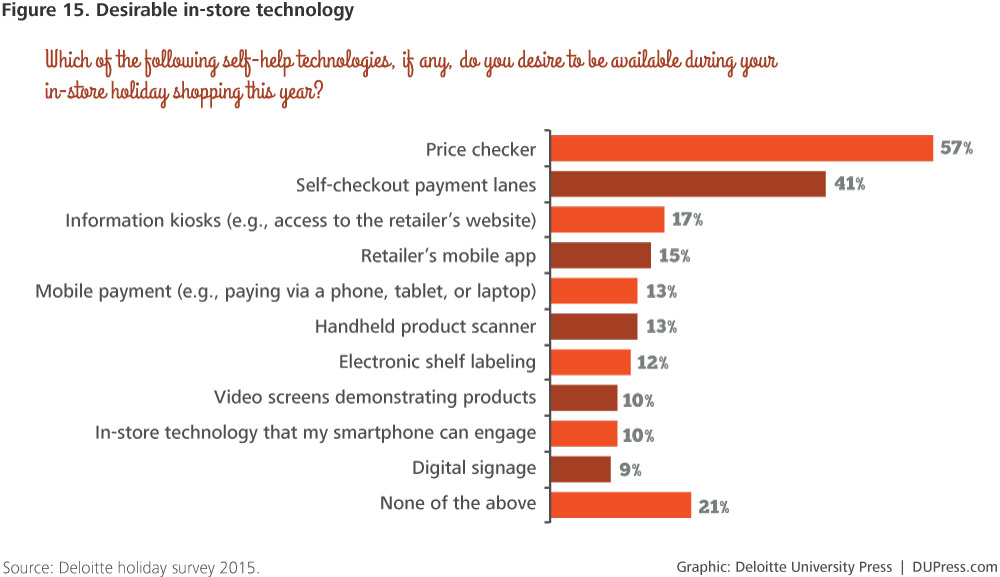Some commentary around a few stats that surprised me in listening/reviewing the various earnings reports this past week:
Amazon: 46% of product sales were 3rd party sellers. Amazon truly is becoming Ebay and Alibaba as 3rd party sellers drive the revenue flywheel. Most of the sales are through Prime members which drives 3rd party sellers to use Fulfillment By Amazon (FBA) when listing their product. Amazon charges a higher fee per unit sold and/or stored yet doesn't have to take on any inventory risk. With that said, Amazon is still struggling to bring any meaningful growth in revenue internationally.
Google: 40% of all mobile searches return indexed app results. Desktop searches are flat to down, mobile searches are up considerably in aggregate but average less than desktop per user. 40% of searches driving app results is staggering but less searching equals less ads and clickthroughs.
Pandora: 3% growth in listener hours year over year. The impact of Apple Music was seen this quarter and the loss was greater than expected. With that said, 5 billion listening hours still drove 31% growth in advertising.
eBay: 12% fixed price listing growth and 21% drop in auction listings. As Amazon becomes more like eBay with 3rd party listings, eBay becomes less auction and fixed price like Amazon. Nothing too extraordinary about eBay earnings, stock benefited from low expectations.










